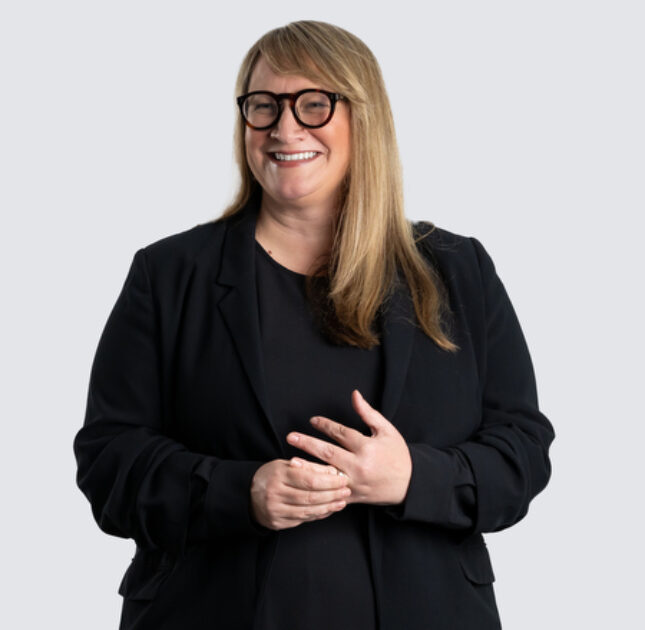For anyone who is living with a long-term condition, which is progressive in nature, has the potential burden of escalating care costs, NHS Continuing Healthcare can be a lifeline. It is a package of care that is fully paid for by the NHS, for adults with long-term and complex health needs.
For over two decades, tens of thousands of people with a range of conditions, including dementia, stroke, Parkinson’s Disease, have had their applications rejected. From our fifteen years of experience, we know thousands of individuals and their families are missing out due flawed assessments and a lack of understanding. If they are aware of the process, families struggle to navigate the system and feel discouraged and daunted by a complex process.
This series is to raise awareness of the funding and assist families so they are empowered to make the right decisions for their relatives.
The first step to challenge a NHS Continuing Healthcare assessment is the local resolution process.
What is a local resolution process?
When considering whether an individual is eligible for continuing healthcare, the relevant Clinical Commissioning Group (CCG) of Health Board (in Wales) will complete a Decision Support Tool (DST) assessment. If following the DST, the CCG concludes that the assessed individual is not eligible for NHS Continuing Healthcare Funding (CHC), this decision can be challenged by either the individual or their representative. The process involves an informal dispute resolution process.
An appeal of the DST can be made if you disagree with the eligibility decision; or the procedure followed by the CCG in making their decision.
In order to challenge a negative DST, the National Framework for NHS continuing healthcare outlines that you have six months from the date of the decision to submit a challenge. This deadline is strict and should be met. All challenges should be made in writing to the relevant CCG Appeals Team and should outline the reasons why the appellant believes the eligibility decision made by the CCG is incorrect, providing evidence to support their arguments. When a written submission is provided, the relevant CCG will then take steps to proceed through their local resolution process and will arrange a local resolution meeting (LRM).
What is a local resolution meeting?
The LRM is the first stage in the appeals process and provides an opportunity for both family members and a representative to submit their views and opinions of the patient’s needs. The LRM will focus largely on the written submission provided to the health authority, as well as the available medical evidence. However, a large emphasis will also be placed on anecdotal information provided by family members. Evidence of this kind can form a crucial part of the appeals process, and the outcome of claims often hinges on how this evidence is received by the health authority, particularly in cases where the medical evidence available is sparse.
Who will be in attendance at a LRM?
Attendees of a LRM can vary between differing health authorities. However, it can be expected that the following individuals will be in attendance in most cases:
- LRM chair (this individual will lead the LRM)
- continuing healthcare representative from the CCG
- local authority representative (this will usually be someone with previous CHC experience or a medical background)
- administrator / minute taker
How long will a LRM last?
The length of LRM’s can vary significantly, based on how many aspects of a claim are being disputed, as well as the size of the evidential period. However, it can be expected that the majority of LRM’s will last between 30 and 75 minutes.
Where do LRM’s take place?
A LRM will take place at the headquarters of the relevant CCG. Prior to the Covid-19 pandemic, representatives of the patient in question would attend the LRM in person and participate in a face-to-face discussion with the panel members. However, in light of Covid-19, LRM’s are presently being held virtually, via Microsoft Teams video conference. However, alternative ‘audio dial in’ arrangements are also available for those who do not wish or are unable to participate via Microsoft Teams.



